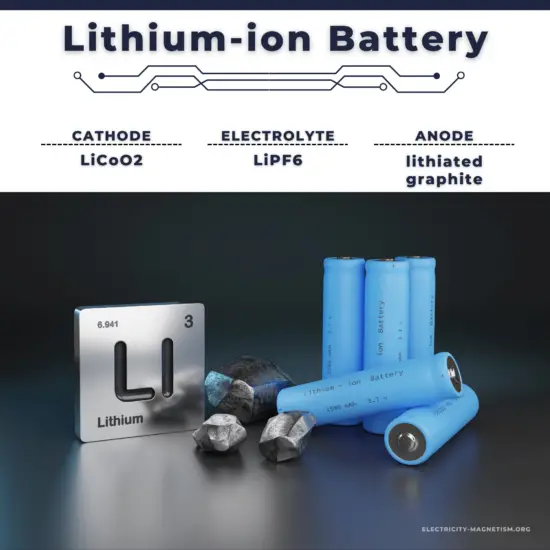What is a Cyclotron?
A cyclotron is a type of particle accelerator used to accelerate charged particles, typically protons or ions, to very high speeds. The particles are guided in a circular path by a magnetic field, and as they travel around the circle, they are repeatedly accelerated by an electric field. The result is a beam of high-energy particles that can be used for a variety of scientific and medical applications.
Cyclotrons come in different sizes and designs, but they all work on the same basic principle. The first cyclotron was built by Ernest O. Lawrence and M. Stanley Livingston in 1931 at the University of California, Berkeley. Since then, cyclotrons have been used in many fields of science, from nuclear physics to materials science to medical imaging.
History of Cyclotrons
The cyclotron was invented in the early 1930s by Ernest O. Lawrence and M. Stanley Livingston at the University of California, Berkeley. Their early designs were small and simple, but they quickly realized the potential of cyclotrons as a tool for scientific research. By the late 1930s, Lawrence had built a much larger cyclotron, capable of producing particles with energies up to 8 million electron volts (MeV).
During World War II, Lawrence’s team used their cyclotrons to produce radioisotopes for medical and military purposes. After the war, cyclotrons continued to be used for research in nuclear physics and other fields. Today, cyclotrons are still an important tool for scientific research, as well as for medical imaging and cancer treatment.
Scientific Applications of Cyclotrons
Cyclotrons have many scientific applications, including nuclear physics, materials science, and medical research. In nuclear physics, cyclotrons are used to study the properties of atomic nuclei and to produce radioisotopes for medical and industrial applications. In materials science, cyclotrons are used to study the behavior of materials under extreme conditions, such as high pressure or temperature.
In medical research, cyclotrons are used to produce radioisotopes for medical imaging and cancer treatment. Radioisotopes can be used to label molecules in the body, allowing doctors to track their movement and study their function. They can also be used to selectively target and destroy cancer cells, while sparing healthy tissue.
Example of Cyclotron Usage: Medical Imaging
Medical imaging is one of the most important applications of cyclotrons. Cyclotrons are used to produce radioisotopes that can be used to label molecules in the body, allowing doctors to track their movement and study their function. One example is the use of positron emission tomography (PET) scans, which use radioisotopes to produce three-dimensional images of the body.
During a PET scan, a patient is injected with a radioisotope that emits positrons, which are positively charged particles. As the positrons travel through the body, they interact with electrons, producing gamma rays that can be detected by a PET scanner. These signals are used to produce detailed images of the body, allowing doctors to diagnose and monitor diseases such as cancer, heart disease, and neurological disorders.
In conclusion, cyclotrons are an important tool for scientific research and medical applications. They have a wide range of uses, from studying the properties of atomic nuclei to producing radioisotopes for medical imaging and cancer treatment. Despite their long history, cyclotrons continue to be an important area of research, with new designs and applications being developed all the time.



